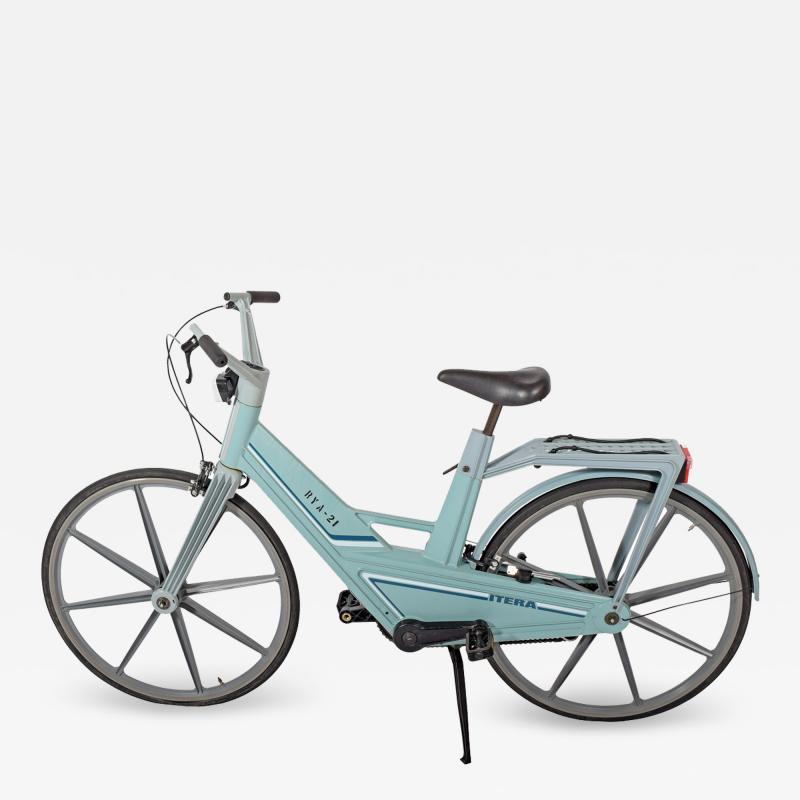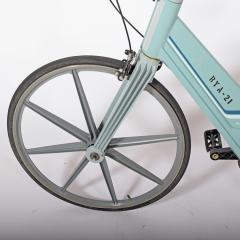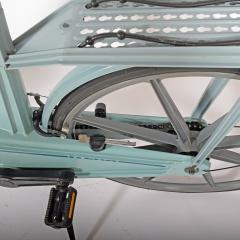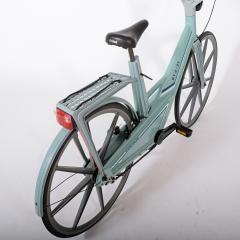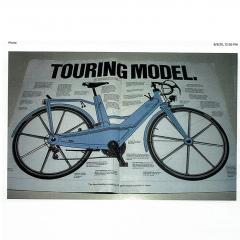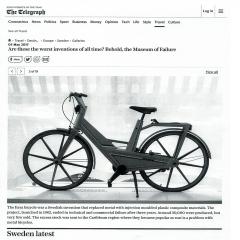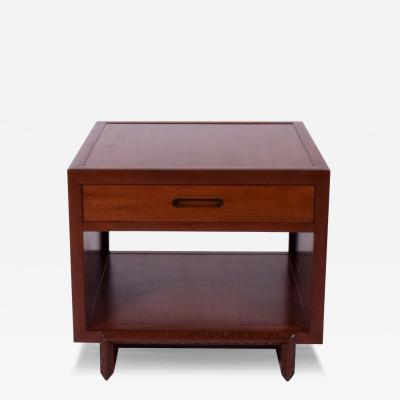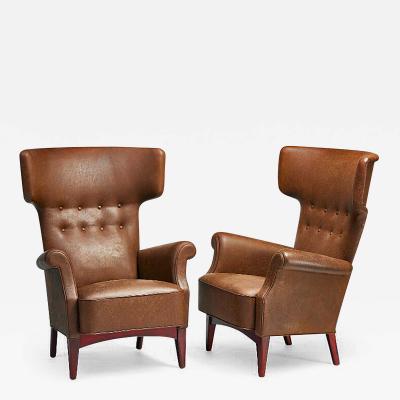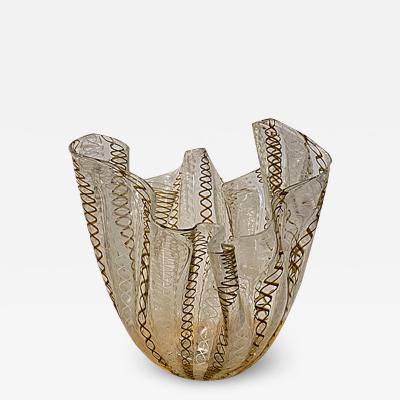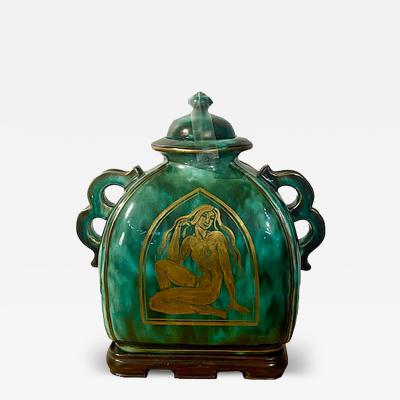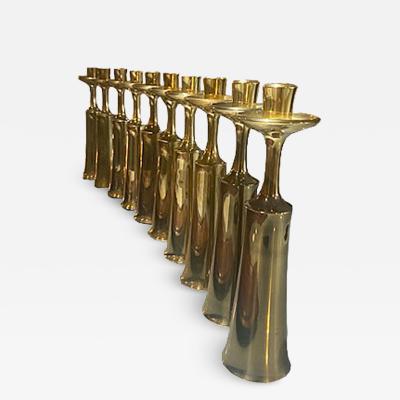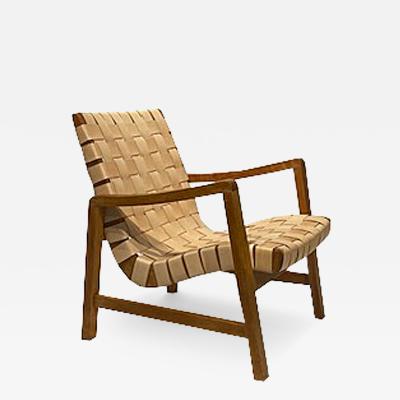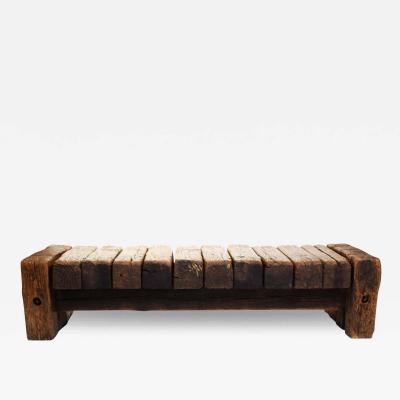In response to the 1974 oil crisis, a small group of Swedish engineers obtained government funding to develop a bicycle completely composed of fiber-reinforced composite plastics (FRP). By 1980, the Itera Development Center AB was designing, producing, and marketing injection molded plastic bicycles to a seemingly interested market. However, when the first bicycles were delivered in 1982, the problems with quality assurance and design began stacking up against the company.
Following the IKEA model, bicycles were delivered unassembled. While this may have saved on production costs, not every box contained every part, which upset many customers. Furthermore, the plastic parts broke easily and replacements were hard to come by. With slow sales and many unhappy customers, production ended in 1985 after approximately 30,000 examples were made. The remaining unsold stock was sold to Caribbean region countries where the plastic bicycle became a popular solution to rust-prone medal bicycles.
This bicycle has been described as heavy, flexible, and fragile, and is considered one of the worst bikes ever made!
The Itera bicycle at West Somerset museum, is known as a 'great failure of bike design' but has its place in cycling history.















